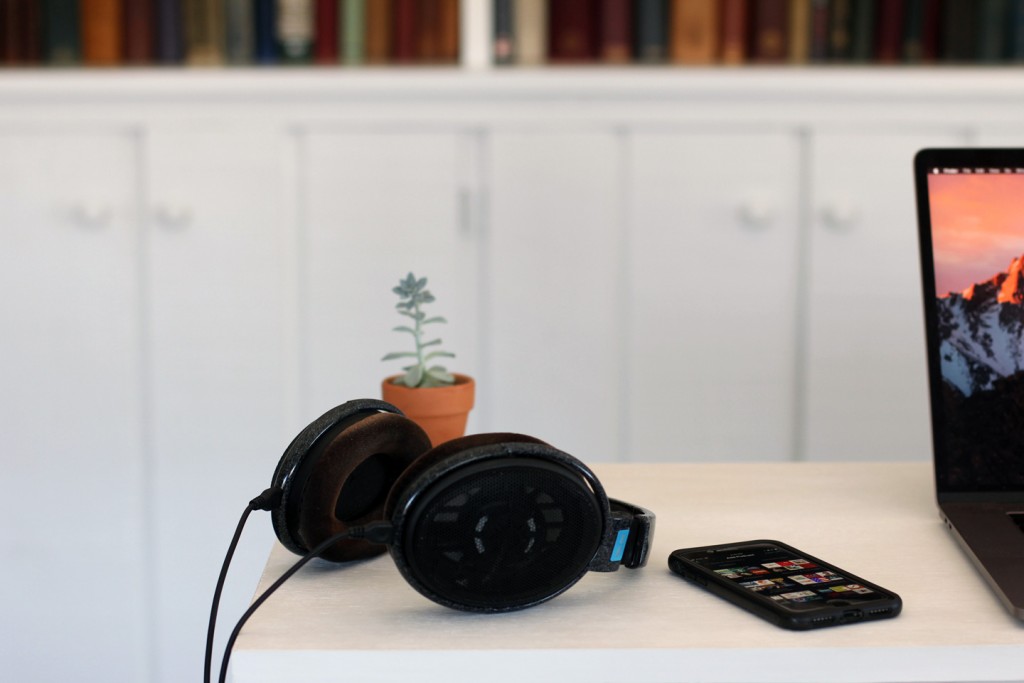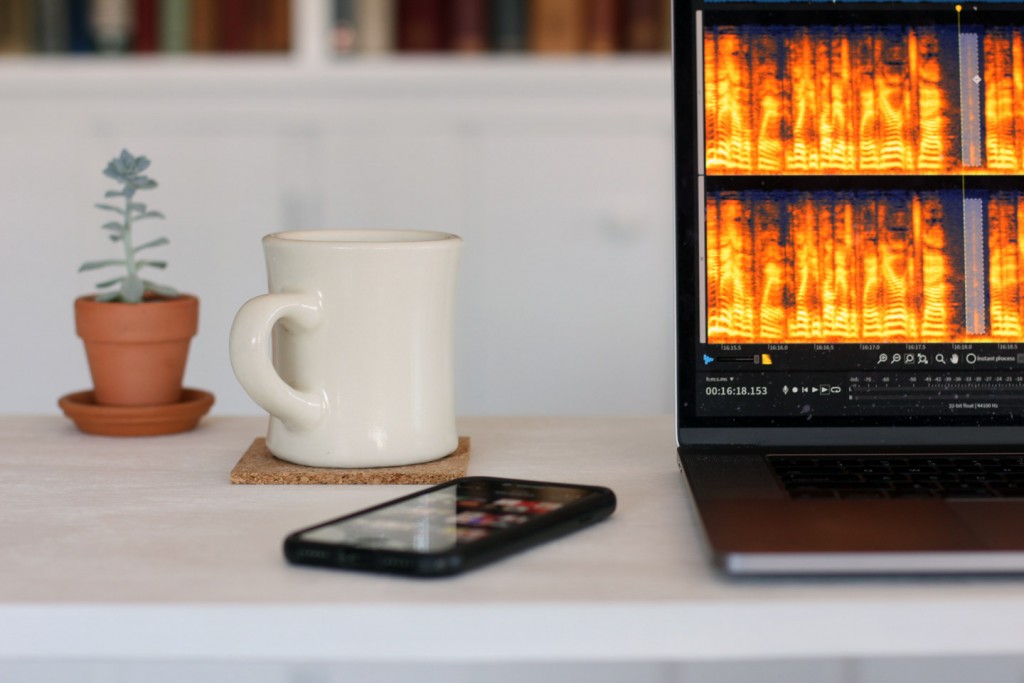14 Feb Yes, You Should Edit Your Podcast
We’ve been listening to a lot of podcasts around here recently. Seems like we’re not alone.
Ours is probably a similar story, we’re listening while making dinner, after dropping kids off at school, stacking wood, cleaning, you know. As a mastering engineer I was heartened to read this article on NPR the other day (and not just for any new pod recommendations).
While the article has several great suggestions on how to improve presenting content in a podcast, the last section, “Edit. Edit ruthlessly” stands out the most to me. And here I think Glen Weldon lands on a fantastic point.

Aside from the recording process, recording equipment, and mic technique, all of which are critical to making a great end product, I would like to get behind spending some extra effort on the post-production.
So load up your final mix or a problematic track and try out some of these suggestions:
• EQ • This might be the fastest and broadest improvement (or fix). I’ve noticed some pods can be hard to understand, like the voice is a little muddy or dark sounding. With some EQ work, like rolling off or cutting some of the low end (a hi pass filter, a band shelf, or a notch) you’re getting rid of excess information that can cloud up someone’s voice. Giving attention to this can help your pod cut through road noise in a car or hopefully sit above the clatter of dishwashing. In addition, consider playback devices, some wireless speaker systems like Sonos apply their own EQ curve by default. While it can make things sound better in some situations, it can also cause trouble. If your pod has too much low end in it, it’s going to be accentuated even more.
• Crossfades • I’ve heard this kind of trouble in music as well so take another listen for this. When you make an edit that creates a crossfade take a moment to tailor the fade. In a lot of cases you might find the default fade curve and duration don’t work exactly how you need it — there can be a small pop or click at the edit point. Shifting where the in or out points sit should help that out as well as adjusting the duration. Once the fade is set timing-wise, make sure the noise floor doesn’t rise or fall in an unnatural way with the crossfade.
• Compression • Using a compressor to even out the volume changes across your program will keep people from riding their volume knob. You don’t need to crush it so your podcast is screaming loud, but compressing things a bit to even it out is a definite plus. You might even find that it helps fill out the sonic stage or add some liveliness.
• Restoration • If you’ve got the time and the tools at your disposal try using a denoiser to work on any excess noise floor. There are several options out there that’ll analyze in real-time problematic frequencies and remove them on the fly. All you need to do is train the denoiser what to look for and balance the output so there isn’t too much quality robbed from the program. One of my favorite things is taking out mouth clicks and mouth smacks. Once you figure out a process for removing them it is sooooo satisfying — the end result is really rewarding.

In my experience, while some presets do a pretty decent job of grabbing problems like the mouth clicks or plain old clicks on an automated pass, it might not grab all of the problems. My best advice is to take the time to listen down and fix things second by second. It’s tedious. But it works and ultimately your pod will turn out sounding better.
We like our pods and you guys are doing great with the content. I know some of your production schedules are really fast (likely due to the insatiable listening habits you’ve created. I’m kidding, well, not really, I’m serious. It is your fault for giving us interesting things to listen to), but I’m advocating taking an extra few moments to give it a little polish, it really pays off.
But above all, as Glen wrote, have fun with it and if you do, we’ll have fun too. Thanks for reading!

Sorry, the comment form is closed at this time.